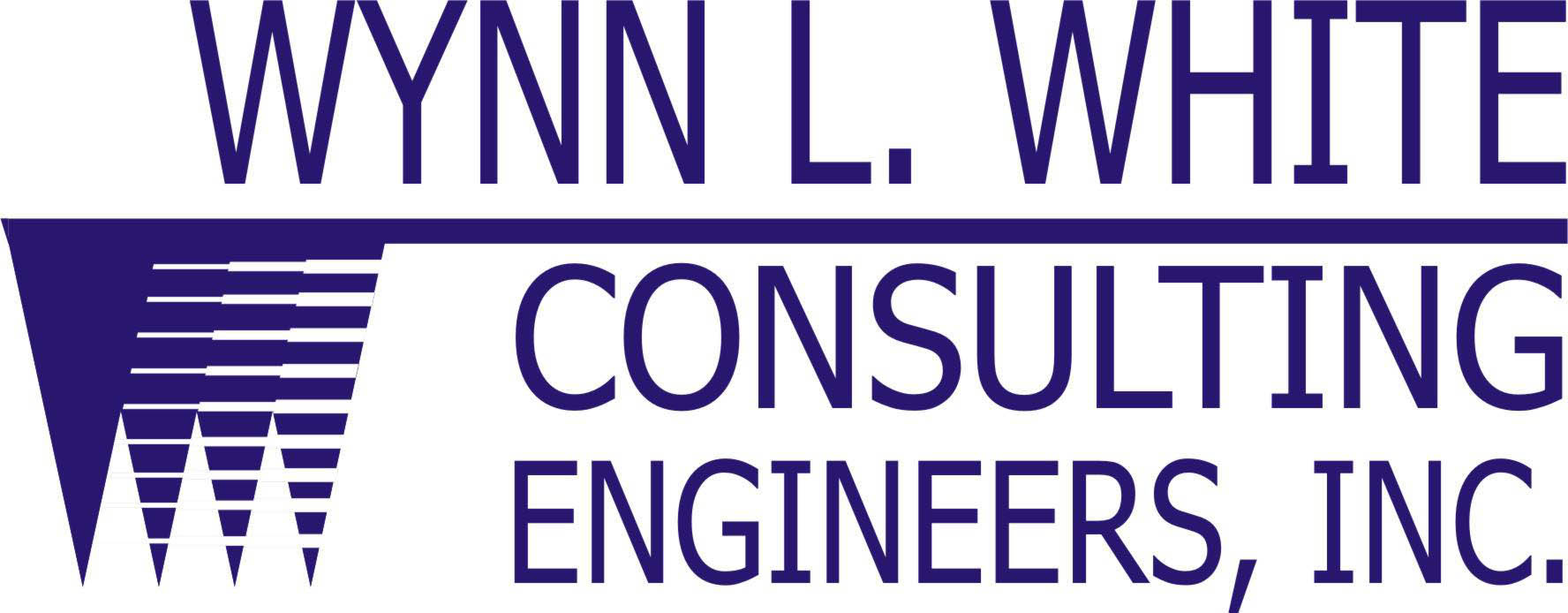Growing up in the ‘60s, I was never really into Heavy Metal—or was I? Looking back, I remember getting my driver’s license, and in 1967 listening to…
“Get your motor runnin’
Head out on the highway
Looking for adventure
In whatever comes our way”
…from “Born to be Wild” by Steppenwolf.
Great times.
When I had a little extra money and wanted my Mustang to have a little more spiz—I asked the gas station attendant to “fill her up with ethyl”—meaning premium high octane gasoline. Ethyl was tetraethyl-leaded gasoline.
Who knew the problems leaded gasoline would cause?
Fast forward to today and the consulting work I do to reduce the problems caused by lead. Who would have predicted I would be helping clean up some of the problems I helped create?
|
Figure 1 |
I felt like lead based paint was a huge problem for our society. I sought (and received) training and accreditation as a lead inspector, risk assessor, and project designer—for lead paint. Now, I’m not quite so sure that lead based paint is the main culprit.
Why is lead from gasoline (which was banned in the USA in 1996) such a concern? Figure 1 shows the use of lead in gasoline. Notice the peak was in the heart of my “formative” years (some children of the ‘60s are still in their formative years).
|
Figure 2 |
Is there a correlation between leaded gasoline usage and violent crime? Was lead the “heavy metal thunder” from “Born to be Wild?”
On crime, Dr. Herbert Needleman, Ph.D., a University of Pittsburgh researcher, conducted a 1996 study that showed children with high lead levels were much more likely to exhibit aggressive behavior than those with baseline levels. The following graph (Figure 2) seems to indicate that as lead was phased out of gasoline, violent crime went down.
Urban areas still have lead in the soil—from the gasoline—and it will cause problems for years to come. Perhaps even more so than lead based paint.
So…
What can we do about the lead in the soil adjacent to our roadways?
Well, we can dig it and dump it—basically removing the contaminated soil and placing it in a landfill approved for hazardous waste. Does that sound expensive?
Or, I favor exploring Dr. Howard Mielke’s approach to resolving the problem. His method covers the contaminated soil with a bright orange, water pervious geotextile material and 6” of low lead soil. The geotextile prevents low lead soil from mixing with the underlying original soil that it covers, and the geotextile acts as a warning layer to anyone digging into soil. (Dr. Howard Mielke, Ph.D., a research scientist with Tulane).
I’m open to treating contaminated soil with fish bones as well—if it can be done cost effectively.
The work we do in the industry today, involving removal of lead based paint, is important, and the air monitoring we do shows that workers protect themselves and the environment. It isn’t the paint in the industrial market place that concerns me. It is the paint and soil in the urban areas.
I’d love to hear your questions or comments about lead based paint and lead contaminated soils. Click here to send me a comment or questions.
Best regards,
Wynn L. White, P.E.
January 16, 2014 The Louisiana Joint Engineering Society Conference is in Lafayette, LA next week.
Wynn will cover Commissioning Construction Projects/Avoiding Construction Defects on Wednesday from 8:00 AM until 8:50 AM. Chris White, P.E., LEED AP, CBCP, will cover Green Building Guidelines & Rating Systems on Thursday from 8:00 AM until 8:50 AM. Call or email Wynn if you’d like more information.
